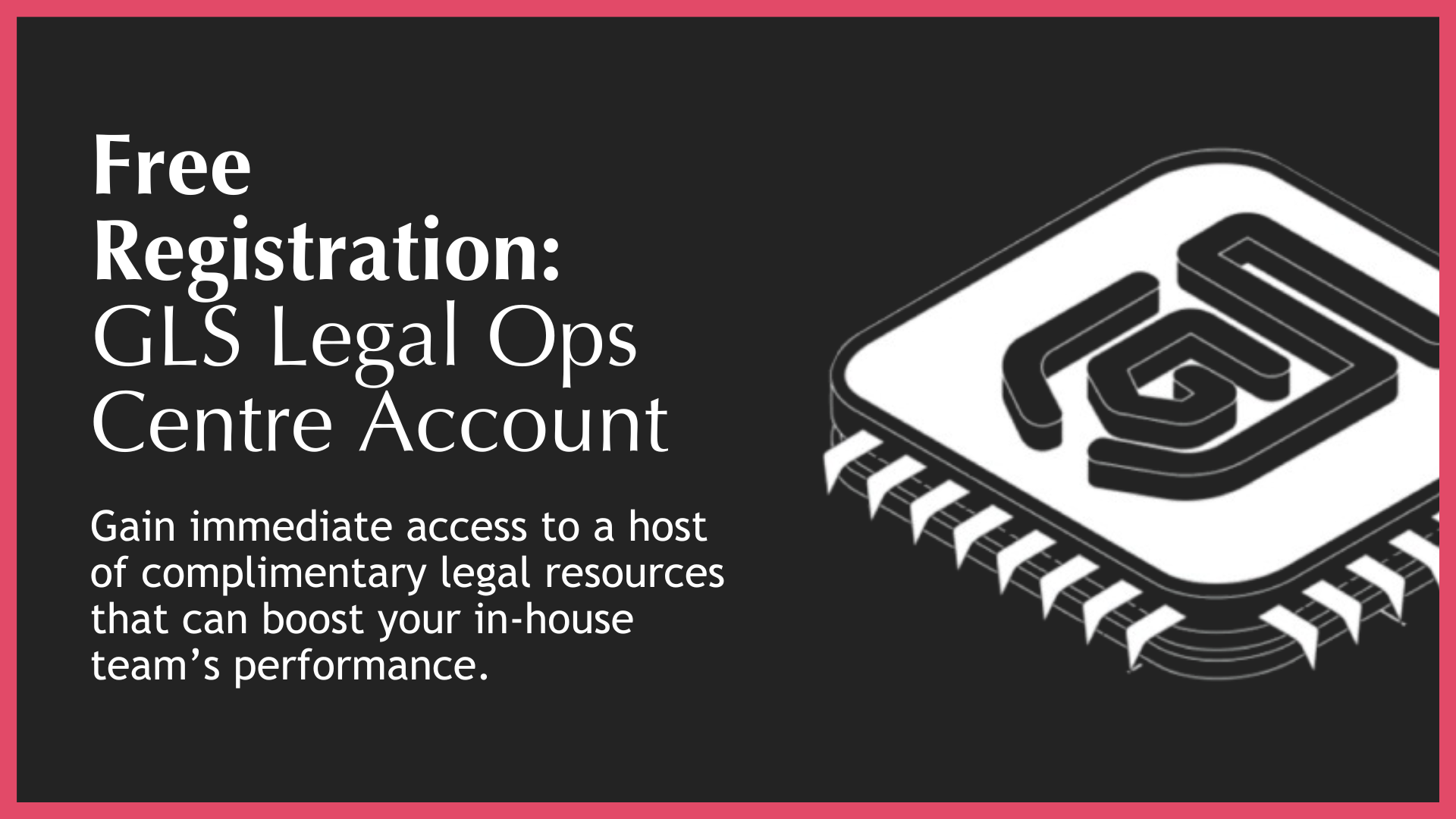The GLS Legal Operations Centre
The ultimate in-house legal department resource stack
Back
Stakeholder Strategy
What Is It
Stakeholder Strategy is the structured approach to identifying, engaging, and aligning with the internal clients who rely on legal services - and using data to prove that alignment. It’s not enough to say legal is responsive or valuable; stakeholders want to see the numbers. They want dashboards, KPIs, and evidence that legal is delivering what matters to them.
This station is about moving beyond relationship management into performance transparency. It’s about understanding what your stakeholders care about - turnaround times, risk mitigation, deal velocity, cost control - and building the analytics to track and report on those metrics. It’s how legal earns trust, secures budget, and becomes a strategic partner.
A mature stakeholder strategy uses data to tailor legal services to actual business needs. It reveals usage patterns, satisfaction trends, and service gaps. It enables legal to prioritise high-impact relationships, manage expectations, and continuously improve delivery.
In short, Stakeholder Strategy is where legal stops guessing what the business wants - and starts showing them what they’re getting.
Scope
The Stakeholder Strategy station typically includes:
◼️Stakeholder Mapping – Identifying key internal clients, influencers, and decision-makers.
◼️Engagement Planning – Defining how legal interacts with different stakeholder groups.
◼️Service Expectation Alignment – Clarifying what stakeholders value and how they measure success.
◼️Stakeholder Analytics – Tracking usage patterns, service volumes, and satisfaction scores.
◼️Feedback Mechanisms – Capturing sentiment through surveys, interviews, and NPS tools.
◼️Performance Reporting – Sharing legal KPIs tailored to stakeholder priorities.
◼️Communication Strategy – Delivering insights and updates in business-relevant formats.
◼️Relationship Management – Assigning legal team members to manage key stakeholder accounts.
Resource Status
In GLS legal ops, the Stakeholder Strategy is considered a "Repeater" resource within legal operations.
A Repeater Resource: Supports multiple legal functions, ensuring that structured legal requests improve contracting, dispute resolution, compliance, and advisory services.
A well-structured Stakeholder Strategy enhances legal team productivity, reduces wasted time, and improves service delivery across the organization.
Best Practice Features
The best practice features of the GLP are as follows:
◼️A stakeholder map categorising internal clients by influence, demand, and strategic importance.
◼️Data-driven engagement plans based on usage and satisfaction analytics.
◼️Dashboards that show stakeholders legal’s performance on their terms (e.g. turnaround times, cost avoidance, risk mitigation).
◼️Feedback loops that quantify satisfaction and identify service gaps.
◼️Relationship owners within legal assigned to key stakeholder groups.
◼️Communication protocols that deliver insights in business-friendly formats.
◼️Integration of stakeholder data into legal planning and resourcing decisions.
◼️Regular reporting cycles that demonstrate legal’s alignment with business goals.
Business Value
The Stakeholder Strategy station delivers the following value to the Business:
◼️Cost Savings – Ensures legal effort is focused on high-value, high-impact work.
◼️Time Savings – Reduces friction and improves responsiveness through expectation alignment.
◼️Faster Deal Making – Builds trust and transparency, accelerating legal support for business initiatives.
◼️Strategic Alignment – Legal services are tailored to actual business priorities.
◼️Improved Satisfaction – Stakeholders feel heard, supported, and informed.
Legal Department Value
Legal teams benefit from Stakeholder Strategy through:
◼️Clearer understanding of stakeholder needs and expectations.
◼️Data to support resourcing, prioritisation, and service design.
◼️Stronger relationships and increased influence across the business.
◼️Reduced miscommunication and service friction.
◼️Evidence to support budget, headcount, and transformation initiatives.
◼️A foundation for continuous improvement and innovation.
Who Needs It
The Stakeholder Strategy station is essential for:
◼️General Counsel
◼️Heads of Legal Operations
◼️Legal Transformation Leads
◼️CFOs and Finance Business Partners
◼️Procurement and Vendor Managers
◼️Business Unit Leaders seeking legal support
Productivity Consequences
A legal team operating without a Stakeholder Strategy will face a wide range of inefficiencies including:
◼️Misaligned service delivery and unmet expectations.
◼️Poor visibility into stakeholder needs and satisfaction.
◼️Inefficient use of legal resources on low-value work.
◼️Frustration and disengagement from internal clients.
◼️Difficulty demonstrating legal’s value to the business.
◼️Missed opportunities to influence and support strategic initiatives.
Tech Implication
Stakeholder Strategy leverages technology. It benefits from:
◼️CRM-style tools to manage stakeholder relationships.
◼️Survey and feedback platforms to capture sentiment.
◼️Analytics dashboards to track usage, satisfaction, and service trends.
◼️Communication tools for targeted updates and reporting.
◼️Integration with matter management systems for service tracking.

The GLS Legal Operations Centre
Register to access your complimentary Day 1 Resource Stack packed with legal team performance resources.

GLS Ultimate Guide To Legal Operations
Download this and read it thoroughly and regularly. It is a wonderful transformation companion.

Book A No-Obligation Consultation
If you would like discuss your legal transformation needs, please book a 30 minute free consultation with us.

GLS Legal Transformation Boot Camp
Our hugely successful, 10-week long, email-based boot camp on how to effectively transform your legal team.




